Sustainability is more than a flash-in-the-pan topic for the data storage industry
Rising energy costs and concerns over the environmental impact of data centers are prompting a shift away from power-hungry disk drives


The searing heat of the Nevada desert sun during Pure Accelerate 2023 came with a pinch of irony. It offered a fleeting glimpse into what it might be like being a storage drive in a data center rack unit; roasting hot and gasping for the cool embrace of a power-hungry air conditioning unit.
Heat has long been an unavoidable reality in the data center. A myriad of spinning disks guzzle power and generate heat for every second they’re active – and they need to remain active. It’s the operator’s job to ensure the temperature is moderated efficiently to avoid dreaded failures.
But “disks are done”, as Pure Storage CEO Charlie Giancarlo said, and the company predicts by 2028 no new hard disks will be sold, with enterprises shifting to more modern, efficient drives.
This shift forms part of a natural evolution in the industry, attendees heard, with Giancarlo comparing it to the transition from vinyl records to CDs or VHS and DVDs to streaming services in the last two decades.
“It only took five or six years for DVDs to completely take over the market from VHS,” he said. “And if we look at 2006, within five years, Netflix, which was sending out DVDs – versus Blockbuster that started out on VHS – completely changed in terms of share. Five years later in around 2011, Blockbuster went bankrupt.”
Making the case for sustainable data storage
The sustainability benefits of flash storage versus legacy disk-based storage make the format highly compelling. It was a recurring theme throughout Pure Accelerate 2023, with several sessions highlighting the growing need for the storage industry to adopt more environmentally-friendly practices. Globally, data centers account for between 1-2% of all global electricity consumption, exacting a significant hit on the environment and power grids.
Traditionally, a big reason for this has been the use of those pesky inefficient disk drives spinning endlessly. The heat generated by these drives demands intensive cooling, which in itself results in added costs and energy consumption.
Get the ITPro daily newsletter
Sign up today and you will receive a free copy of our Future Focus 2025 report - the leading guidance on AI, cybersecurity and other IT challenges as per 700+ senior executives
In fact, anywhere between 30 to 55% of data center energy usage is dedicated to powering cooling systems, research shows, equating to a significant chunk of overall power consumption.
Pure is highly vocal on the fact that its own products can unlock up to an 80% reduction in power consumption. Flash drives also provide up to a ten-fold boost to power and space efficiency compared to disk drives.
That’s not exclusive to Pure products, either. NetApp, a competitor in the space and another industry stakeholder bullish on the potential of flash, reports similar performance metrics.
RELATED RESOURCE
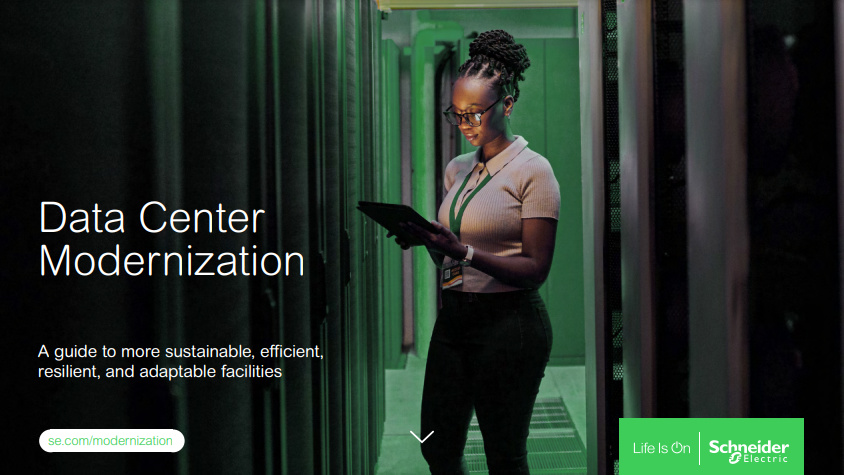
Shaping your sustainable data center
A guide to more sustainable, efficient, resilient, and adaptable facilities
With that in mind, it seems evident that flash should be the natural go-to for organizations conscious of their environmental impact. But if flash can deliver marked energy efficiency improvements, then why isn’t there widespread adoption as of yet?
IDC research shows more than 90% of exabytes in cloud data centers are still stored on HDDs, with the remaining 10% stored on SSDs or flash.
Cost, Pure conceded, has been a traditional hurdle for organizations. As various speakers noted, however, enterprise data storage and hyperscaler data centers are also among the “last bastions'' of hard disk usage – and both segments account for a significant portion of global data storage.
If that is the case, then it’s clear there is still a long way to go until flash storage adoption is ubiquitous and global businesses can begin mounting a serious offensive to reduce energy consumption.
Data center e-waste is a growing concern
Components used to create the disk drives present at many sites also contribute to the seemingly endless amount of e-waste that scars the earth.
Shawn Rosemarin, VP for customer engineering at Pure Storage, noted the e-waste aspect of current hard disk use in the data center industry should be a huge cause for concern.
Research from the Circular Drive Initiative (CDI) shows around 90% of hard disks are destroyed when they reach end-of-life, with the majority of drives having just a five-year lifespan. This endemic practice of destroying hard disks adds to the global stream of nearly 54 million tons of e-waste annually.
Flash, however, boasts greater longevity than hard disk and, from a mechanical standpoint, is a far more simplistic design than its predecessors.
Rosemarin noted that flash storage produces 85% less e-waste compared to disk, which if taken at face value could represent a step change in tackling this global issue. But again, this is dependent on how rapidly adoption continues to grow.
Data centers and energy crises
Flash storage doesn’t represent a total silver bullet for energy efficiency and carbon reduction for the data center industry, however.
Despite notable benefits highlighted at Pure Accelerate, it is clear that there are significant future challenges ahead - especially when one considers the current state of the global energy market.
Research from the European Commission projects that data centers will account for 3.2% of all electricity by 2030, marking an increase on current levels and a significant surge since 2018.
The power demands of data centers have reached such a point that, according to a report from the Financial Times last year, London housing developments were put on hold because there simply wasn’t enough electricity to meet commercial and residential demands.
These straining demands placed on electricity grids were among one the key challenges Rosemarin highlighted at the conference - and it’s clear this is an issue he expects to continue.
“We have for the first time in our existence an electricity crisis with no end in sight,” he said. “We’ve already got countries telling public cloud providers ‘we don’t want your tax dollars, we have no more electricity’.”
RELATED RESOURCE

Cutting power bills and emissions with a modernized and efficient IT infrastructure
Driving a rethink of how to build and operate our IT platforms
“And so if we’re only going to turn more GPUs and TPUs and CPUs on, where are we going to find the power to do this?
IDC research also shows that data volumes are expected to continue growing over the next three years - to around 221ZB of data generated globally.
With this in mind, it’s clear that flash storage adoption will require a serious acceleration in adoption rates to deliver the power-related benefits it’s being hailed for.
The performance and capacity advantages are clear, but without widespread adoption, the environmental impact of data centers running largely on hard disks will remain a lingering problem.
An optimistic outlook for flash adoption
Despite obvious challenges, Pure Storage appeared highly confident flash represents “the future” of data storage.
CMO Matt Burr described the days of hard disks as a “dark age” and believes the “future is flash”. It's a bold claim, but one supported by current statistics.
Research shows the all-flash array market will grow at a CAGR of around 26.3% over the next five years, representing a serious shift toward broader adoption of flash storage.
This mood of optimism was prevailing through Pure Accelerate 2023, but while the data storage industry may be leaving the "dark ages" and entering its enlightenment period, key hurdles still lie ahead.

Ross Kelly is ITPro's News & Analysis Editor, responsible for leading the brand's news output and in-depth reporting on the latest stories from across the business technology landscape. Ross was previously a Staff Writer, during which time he developed a keen interest in cyber security, business leadership, and emerging technologies.
He graduated from Edinburgh Napier University in 2016 with a BA (Hons) in Journalism, and joined ITPro in 2022 after four years working in technology conference research.
For news pitches, you can contact Ross at ross.kelly@futurenet.com, or on Twitter and LinkedIn.
-
 Should AI PCs be part of your next hardware refresh?
Should AI PCs be part of your next hardware refresh?AI PCs are fast becoming a business staple and a surefire way to future-proof your business
By Bobby Hellard Published
-
 Westcon-Comstor and Vectra AI launch brace of new channel initiatives
Westcon-Comstor and Vectra AI launch brace of new channel initiativesNews Westcon-Comstor and Vectra AI have announced the launch of two new channel growth initiatives focused on the managed security service provider (MSSP) space and AWS Marketplace.
By Daniel Todd Published
-
 Work and innovate everywhere
Work and innovate everywherewhitepaper Protection across AI attack vectors
By ITPro Published
-
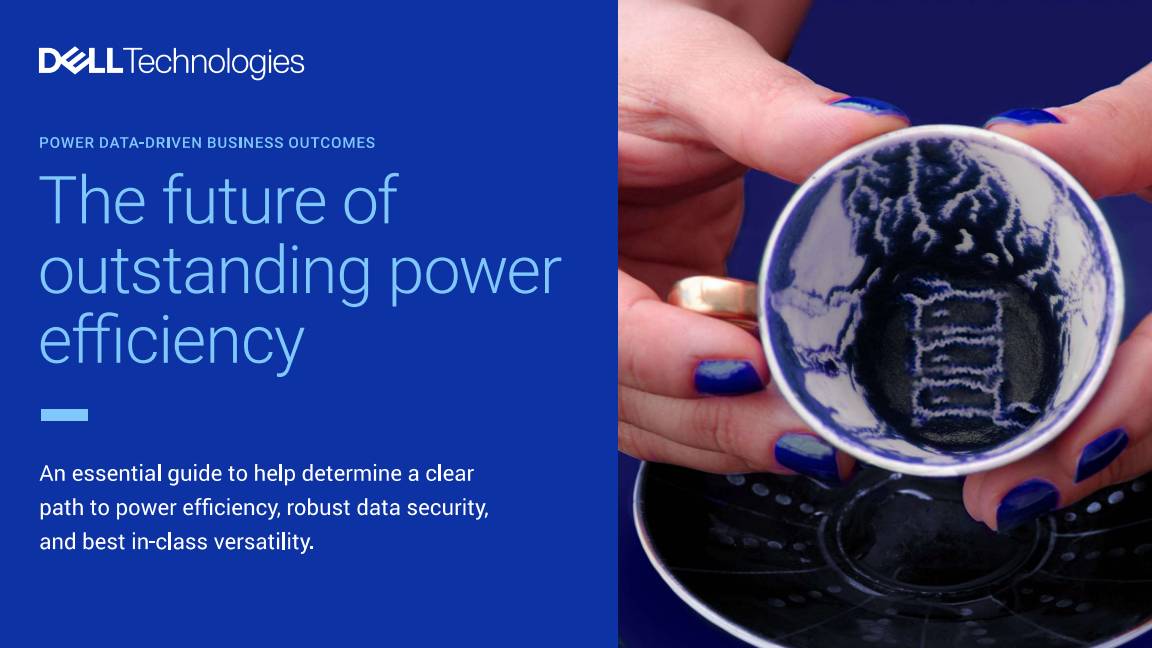 The future of outstanding power efficiency
The future of outstanding power efficiencywhitepaper An essential guide to help determine a clear path to power effiency, robust data security, and best in-class versatility
By ITPro Last updated
-
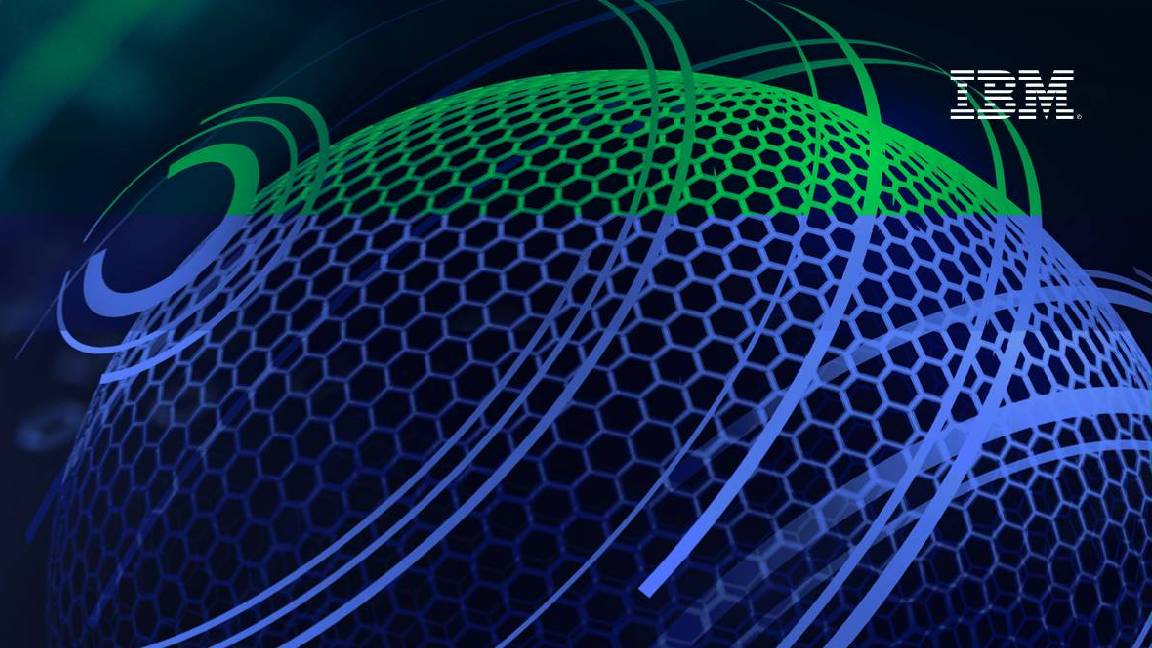 Cyber-resilient data storage for everyone
Cyber-resilient data storage for everyoneWhitepaper Improve cyber resilience and optimize performance
By ITPro Published
-
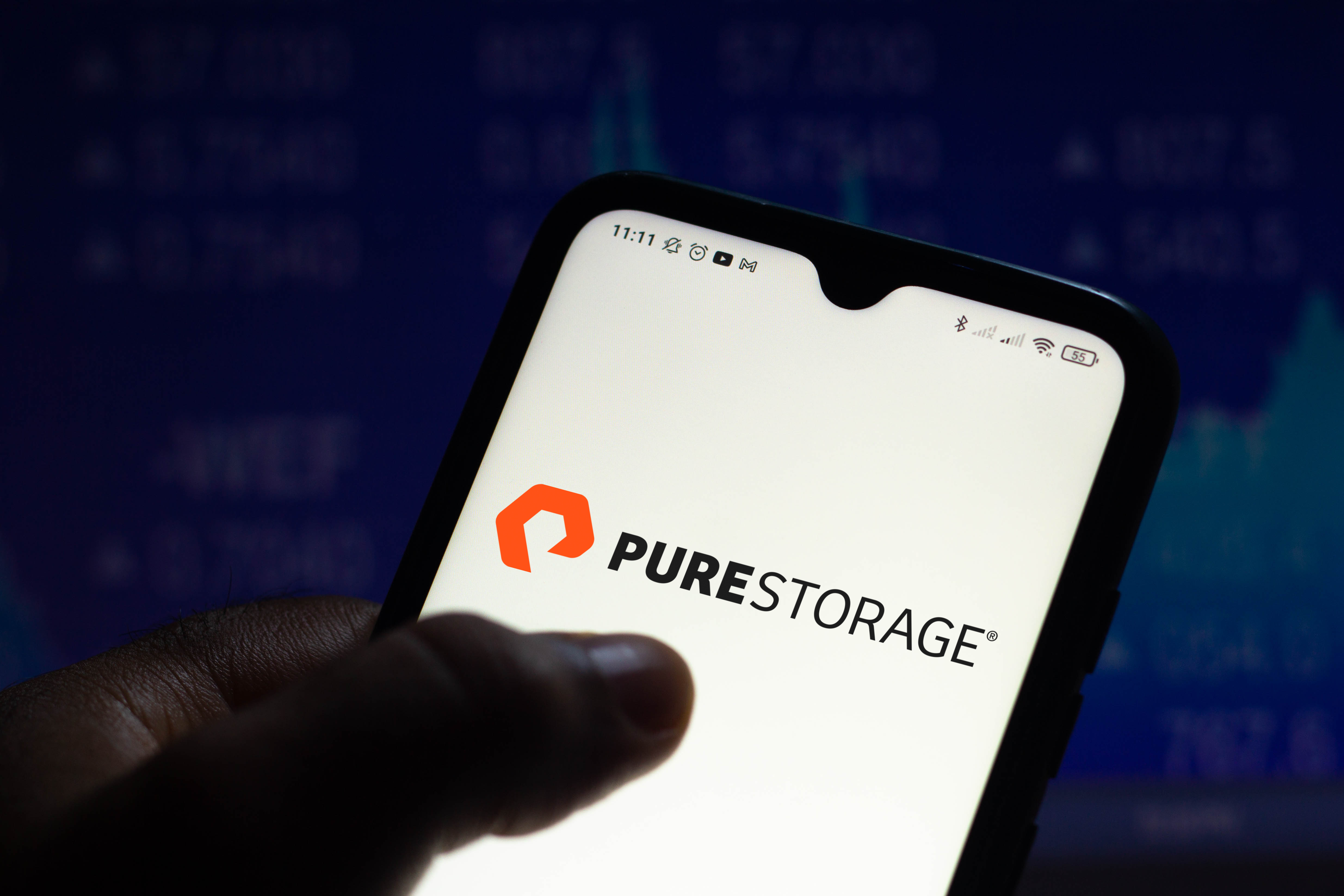 Pure Storage’s FlashArray//E launch offers “multi-year advantage” with performance and energy efficiency boosts
Pure Storage’s FlashArray//E launch offers “multi-year advantage” with performance and energy efficiency boostsNews The FlashArray lead at Pure Storage, said the launch will act as a “key differentiator” for the company in the storage space
By Ross Kelly Published
-
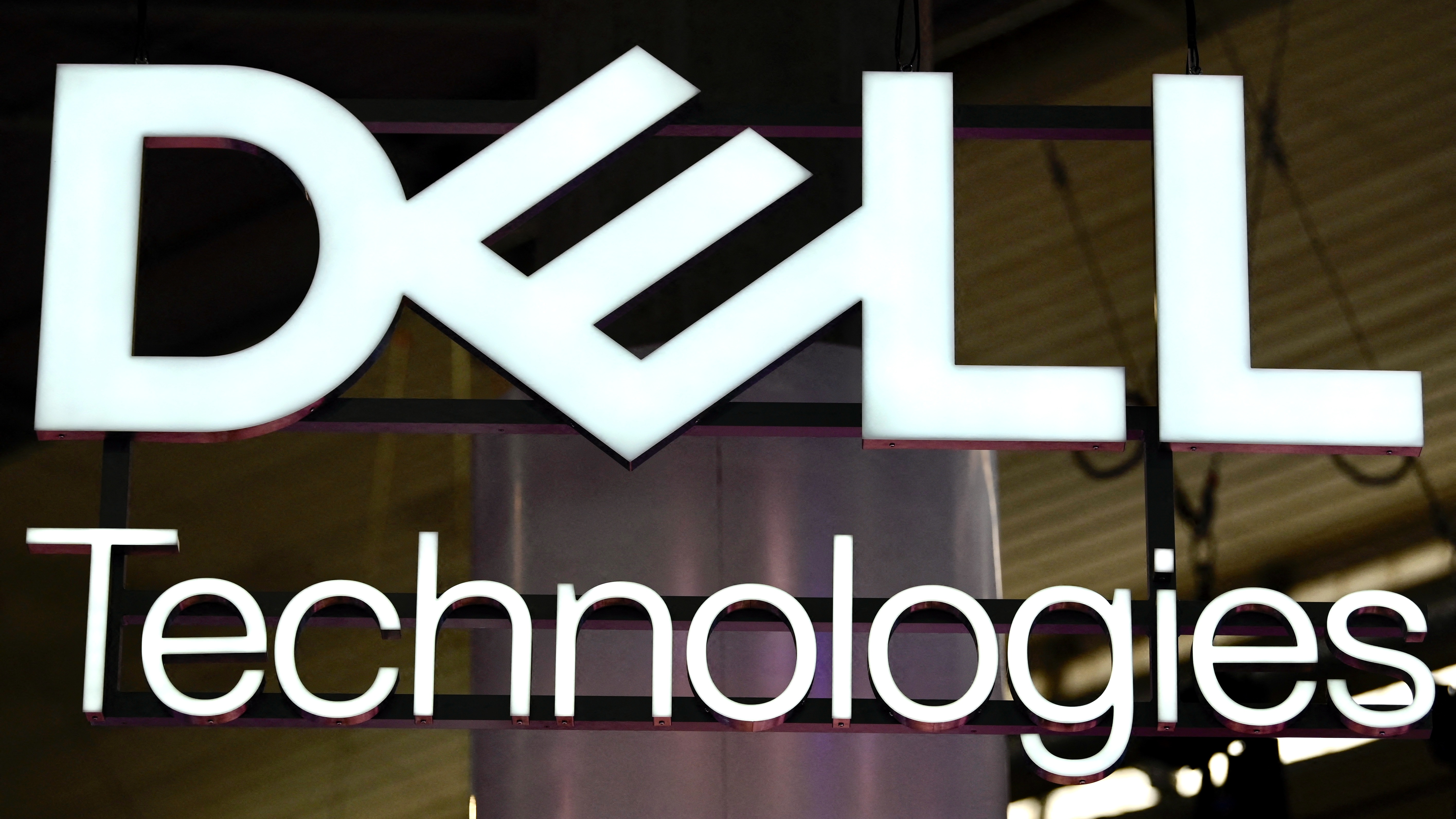 Dell Technologies World 2023: AI and storage to take center stage
Dell Technologies World 2023: AI and storage to take center stageAnalysis Energy efficiency and intelligent systems are likely to play key roles at Dell’s biggest ever annual conference
By Rory Bathgate Published
-
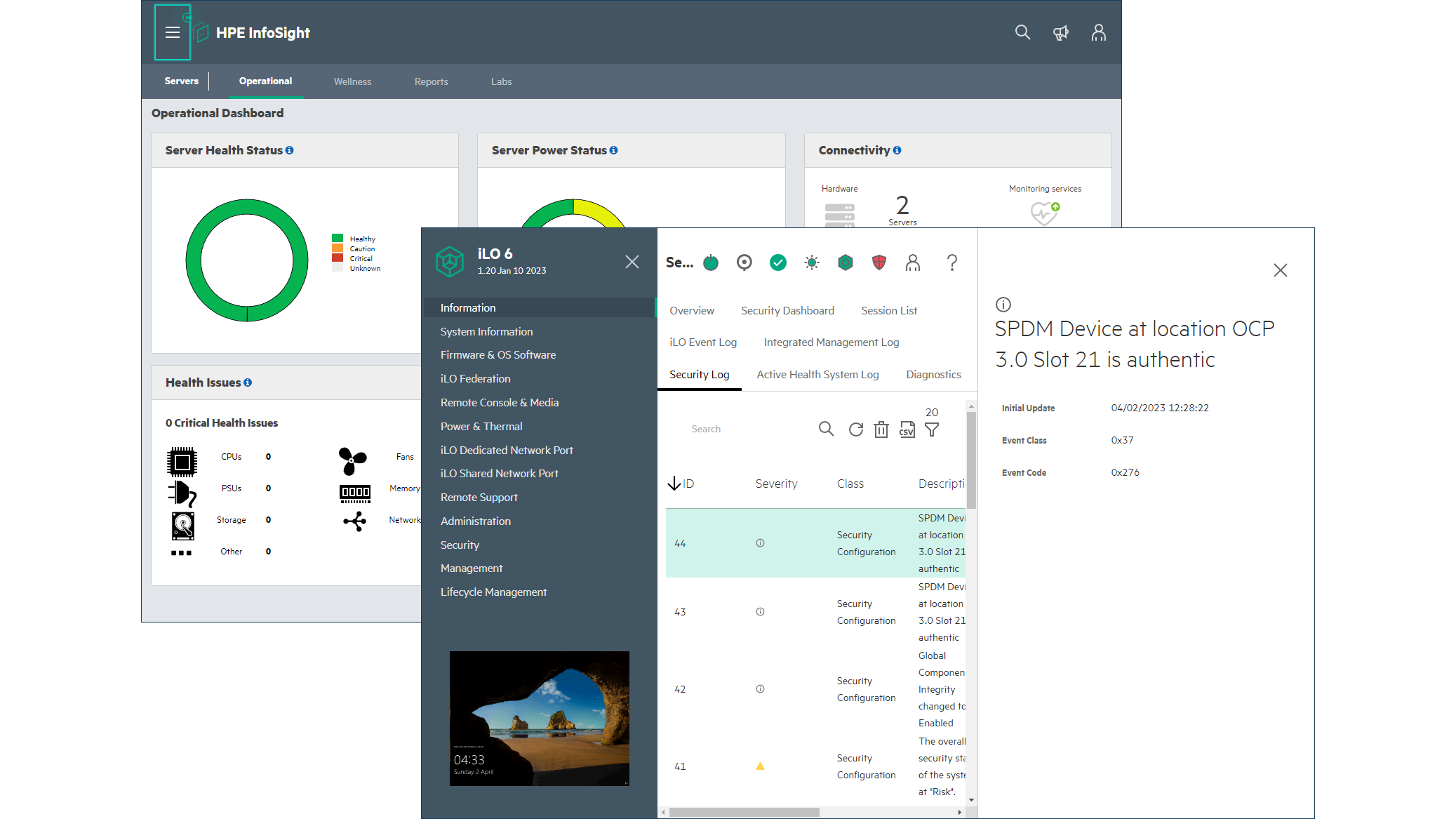
 HPE ProLiant DL385 Gen11 review: Cores galore and plenty more
HPE ProLiant DL385 Gen11 review: Cores galore and plenty moreReviews HPE's superbly designed 2U rack server takes CPU core density to the next level
By Dave Mitchell Published
-
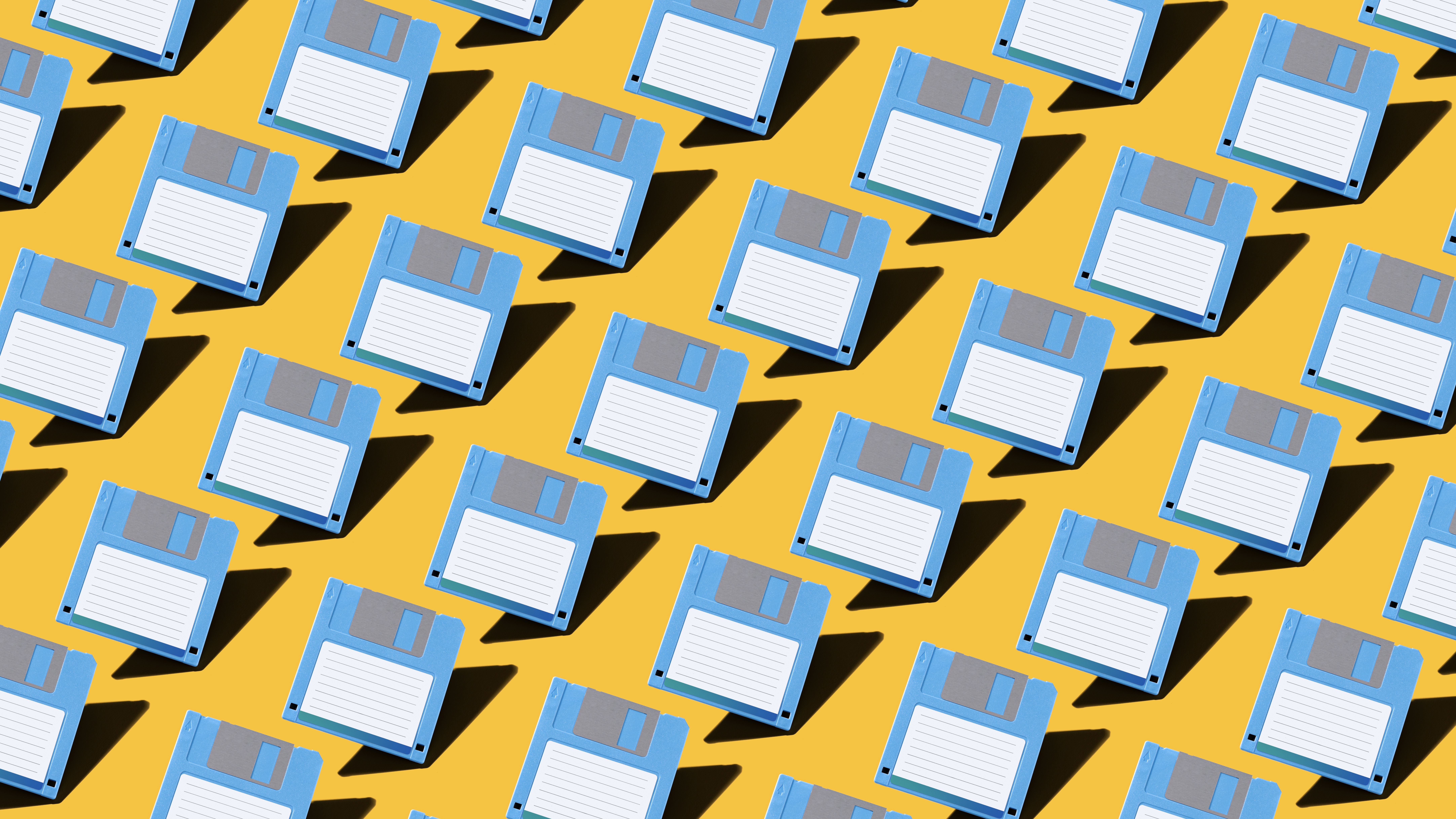 Why the floppy disk may never die
Why the floppy disk may never dieIn-depth The age-old floppy disk storage medium is still in demand despite continued attempts to kill it
By David Crookes Published
-
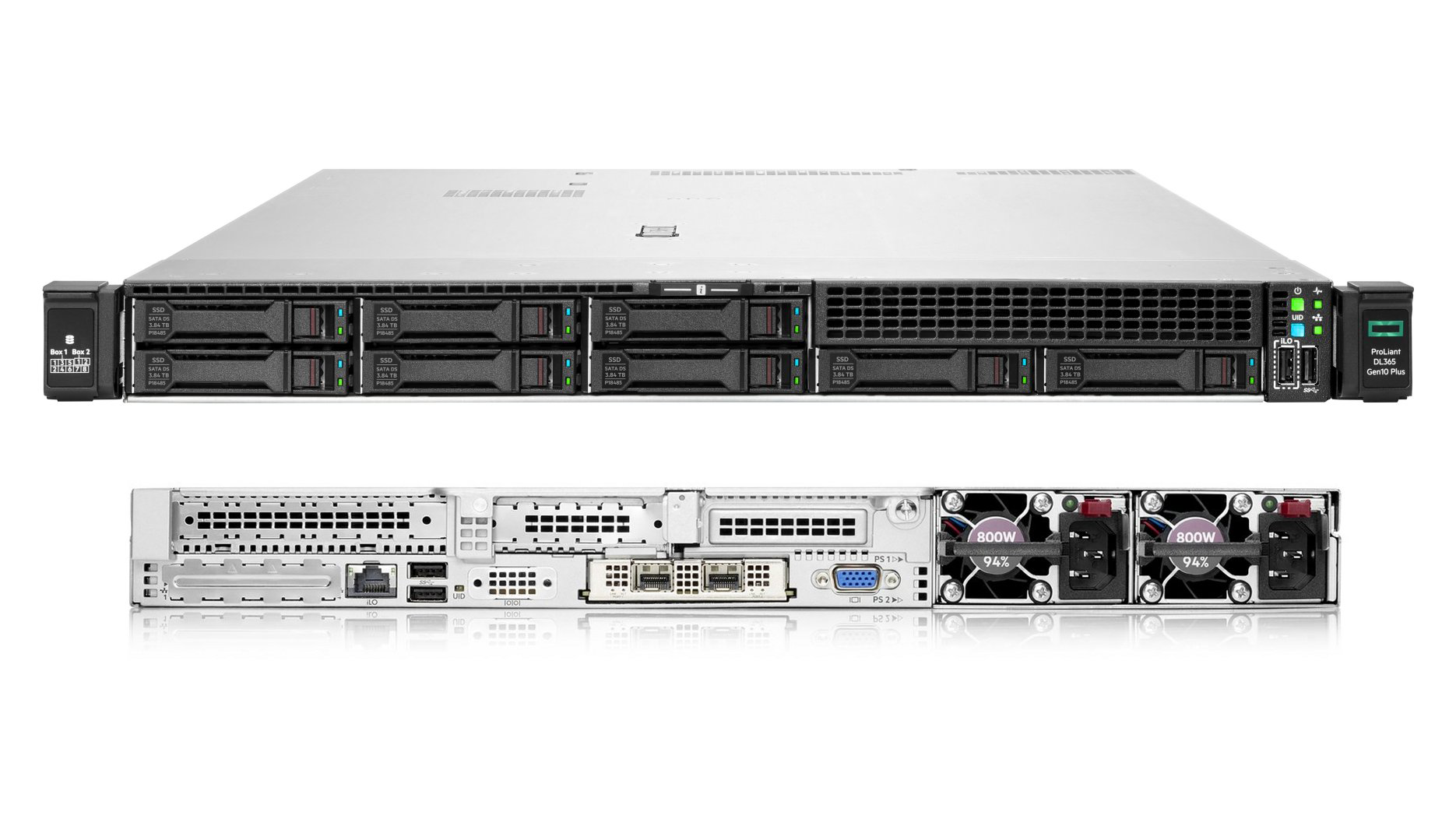
 HPE ProLiant DL365 Gen10 Plus review: An EPYC power plant
HPE ProLiant DL365 Gen10 Plus review: An EPYC power plantReviews A powerful and highly expandable rack dense server geared up for heavy-duty workloads
By Dave Mitchell Published